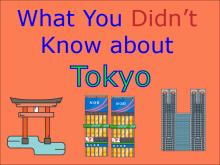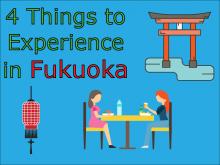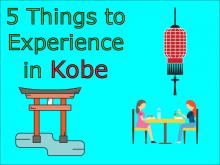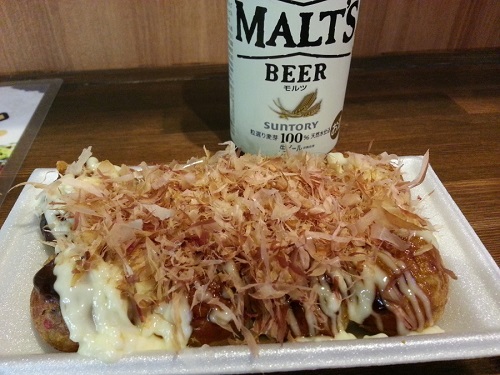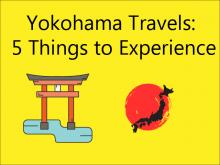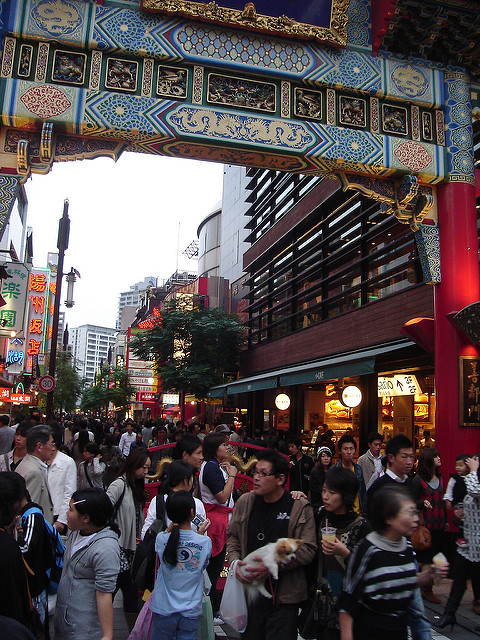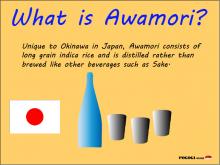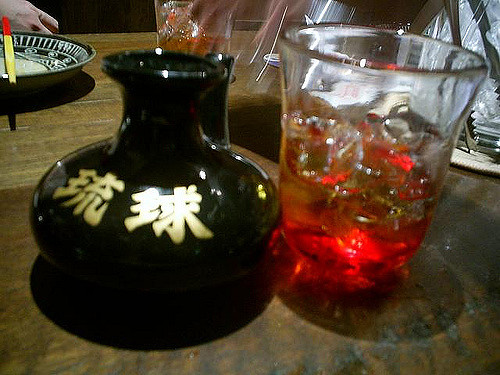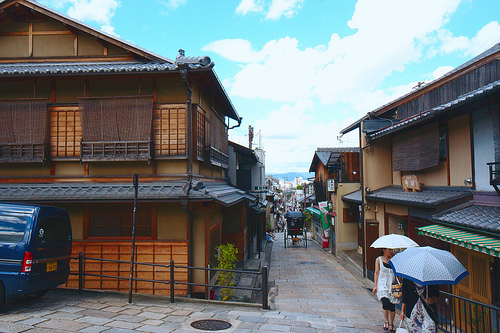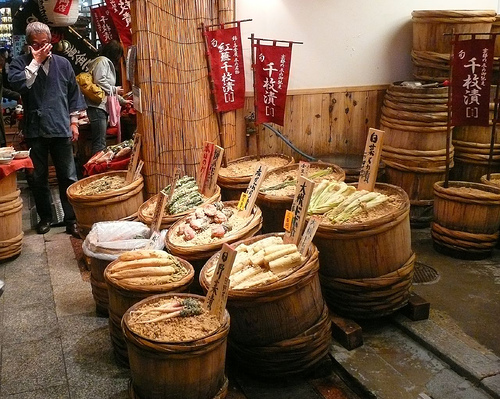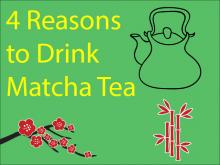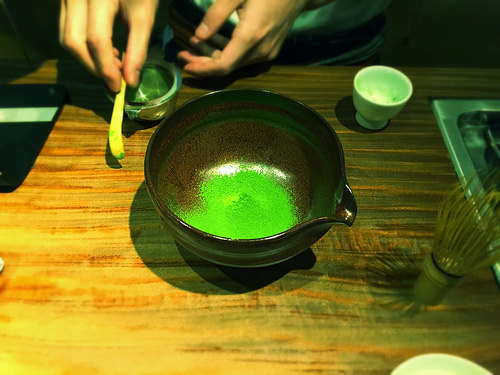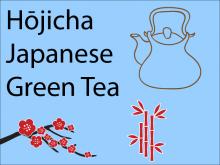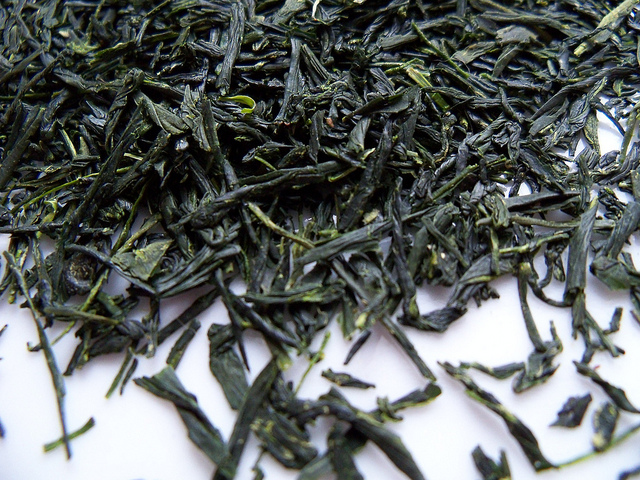What You Didn’t Know About Tokyo
What You Didn’t Know About Tokyo
If you just love classical art, eclectic mixes of modern and traditional architecture, and you enjoy the hustle and bustle of a thriving city, Tokyo should be your next holiday destination of choice. It’s drenched in heritage and culture, is a stone’s throw from many of the world’s major attractions, and holds the title as the “almost Olympic host” pre-war. If you’re looking for reasons to visit Tokyo, here are five good ones below.
You can be hired to push people
Tokyo’s railway stations are busy. They aren’t busy as in, a few people in front of you at the grocery store busy, they are busy as in, millions of people pass through them each and every day. In fact, Shinjuku Station sees over three and a half million visit the premises on a daily basis. That’s roughly the population of Uruguay in one place, on one day.
With so many people trying to board trains, it can be a chaotic scene. This is where Oshiya come in. Oshiya, or “pushers” are hired at many Tokyo railway stations. Their job is to push people onto trains during rush hour to speed up the process. If you’ve been shoved as you’ve made your way onto the platform, there’s a chance it wasn’t a fellow passenger who did it!
Tokyo was the first country to build Disneyland outside of the US
Tokyo Disneyland, which is a 115-acre theme park at the Disney Resort in Urayasu, isn’t just famous because of all the Disney characters. It also holds the title as the first Disneyland to be constructed outside of the United States. It employs 20,000 people, and its main gate is adjacent to Maihama and Tokyo Disneyland Stations.
The Eiffel Tower inspired Tokyo Tower
If you’ve ever looked at the Tokyo Tower and thought it looked familiar, there’s a reason for it. The Eiffel Tower was used as inspiration for the Tokyo Tower. Looking similar to a road cone, it’s less of a tourist hotspot and more of an observation and communication tower. It stands at over 332 meters tall and is the second-tallest building in Japan. To keep it looking sharp, it’s repainted every five years and takes an entire year to do!
The vending machines are a little…strange
Word got out that in Tokyo you could purchase used underwear in vending machines. We’d like to believe this was false, but it’s actually true. However, it’s not as commonplace as you think. Instead, your average Tokyo vending machine holds canned bread, canned carrots, noodle soup, toys, cigarettes, popcorn, wrist watches, eggs and a host of other items. It’s fair to assume you can carry out your week’s grocery shopping by simply visiting a few well-placed vending machines.
The dust ruins your favorite tourist destination
Mount Fuji, an active volcano, is a world landmark. It is Japan’s tallest peak at 3,776 meters, is considered sacred, and is the subject of many works of art. However, a glimpse in its general direction can often leave you disappointed. Instead of being visible for all to see, the dust in the air in Tokyo makes it visible for just over half of the year!
Tokyo is a magical place, but not always for the reasons you think. Sure, it’s full of culture, tourist attractions, and exciting nightlife, but it’s also unusual. While residents seem to go about their day without worrying about their underwear being used in a vending machine, tourists are entirely mesmerized by the weird and wonderful offerings this exciting city has to offer. Experience it for yourself, and be in for a real treat!


